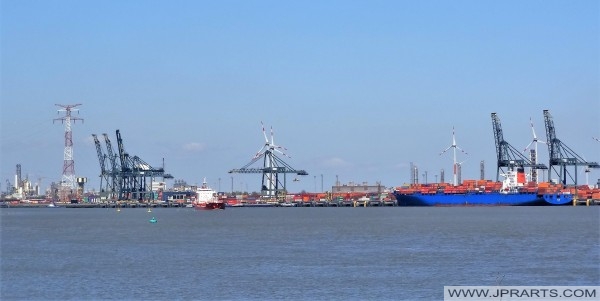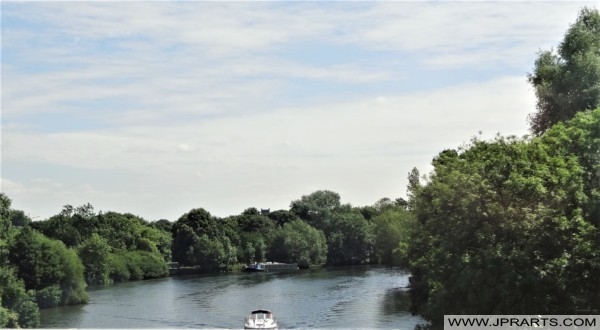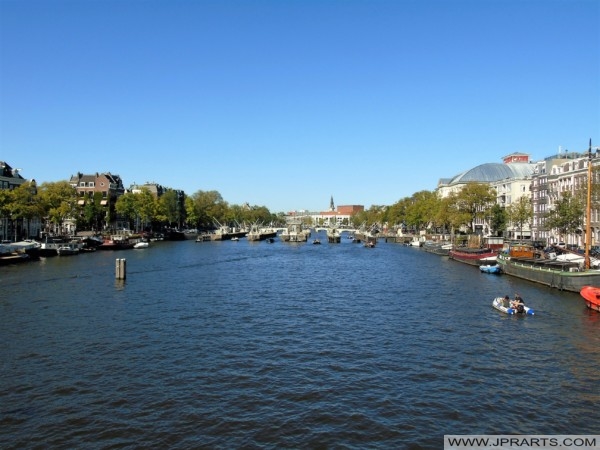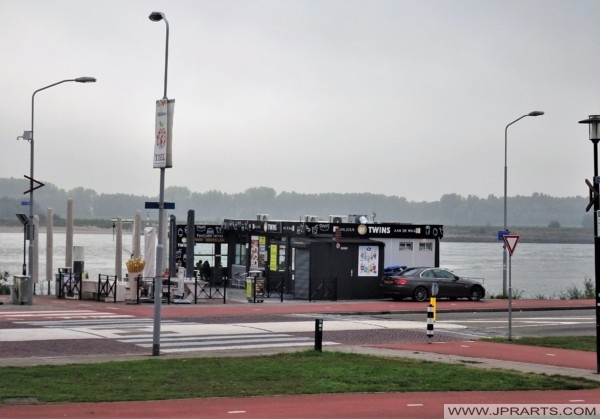The Moselle (German: Mosel, Luxembourgish: Musel) is a river that rises in the Vosges mountains and flows through north-eastern France and Luxembourg to western Germany. It is a left bank tributary of the Rhine, which it joins at Koblenz. A small part of Belgium is in its basin as it includes the Sauer and the Our.
Moselle
Mosela
Its lower course “twists and turns its way between Trier and Koblenz along one of Germany’s most beautiful river valleys.” In this section the land to the north is the Eifel which stretches into Belgium; to the south lies the Hunsrück. The river flows through a region that was cultivated by the Romans. Today, its hillsides are covered by terraced vineyards where “some of the best Rieslings grow”. Many castle ruins sit on the hilltops above wine villages and towns along the slopes. Traben-Trarbach with its art nouveau architecture and Bernkastel-Kues with its traditional market square are two of the many tourist attractions on the Moselle river.
Mosel
摩泽尔
The name Moselle is derived from the Celtic name form, Mosela, via the Latin Mosella, a diminutive form of Mosa, the Latin description of the Meuse, which used to flow parallel to the Moselle. So the Mosella was the “Little Meuse”. The Moselle is first recorded by Tacitus in Book 13 of his Annals and in Book 4 of his Histories.
The Roman poet Ausonius made it a literary theme as early as the 4th century. In his poem dated 371, called Mosella, which was published in 483 hexameters, this poet of the Late Antiquity and teacher at the Trier Imperial Court (Kaiserhof) described a journey from Bingen over the Hunsrück hills to the Moselle and then following its course to Trier on the road named after him, the Via Ausonius. Ausonius describes flourishing and rich landscapes along the river and in the valley of the Moselle, thanks to the policies of their Roman rulers. The river subsequently gave its name to two French republican départements: Moselle and Meurthe-et-Moselle.
Мозель
Moezel
The source of the Moselle is at 715 m (2,346 ft) above sea level on the Col de Bussang on the western slopes of the Ballon d’Alsace in the Vosges. After 544 km (338 mi) it discharges into the Rhine at the Deutsches Eck in Koblenz at a height of 59 m (194 ft) above NHN sea level. The length of the river in France is 313 km (194 mi), for 39 km (24 mi) it forms the border between Germany and Luxembourg, and 208 km (129 mi) is solely within Germany.
The Moselle flows through the Lorraine region, west of the Vosges. Further downstream, in Germany, the Moselle valley forms the division between the Eifel and Hunsrück mountain regions. The average flow rate of the Moselle at its mouth is 328 m3/s (11,600 cu ft/s), making it the second largest tributary of the Rhine by volume after the Aare (560 m3/s, 20,000 cu ft/s) and bigger than the Main and Neckar.
موسيل
モーゼル
The section of the Moselle from the France–Germany–Luxembourg tripoint near Schengen to its confluence with the Saar near Konz shortly before Trier is in Germany known (geographically incorrectly as the Upper Moselle. The section from Trier to Pünderich is the Middle Moselle, the section between Pünderich and its mouth in Koblenz as the Lower Moselle or Terraced Moselle (Terrassenmosel). Characteristic of the Middle and Lower Moselle are its wide meanders cut deeply into the highlands of the Rhenish Massif, the most striking of which is the Cochemer Krampen between Bremm and Cochem. Also typical are its vineyard terraces. From the tripoint the Moselle marks the entire Saarland–Luxembourg border.
Mosella
Mozela
Visit Cheap Cruise for the Most Beautiful River Cruises
Visit the Cheap Webshop for Blu-rays, Books and DVDs






